Optimal Timing for Land Clearing
Land clearing involves removing trees, brush, and other obstacles to prepare a site for development, agriculture, or other purposes. Timing plays a crucial role in ensuring efficient work and optimal results. Proper scheduling can minimize delays and reduce costs associated with weather or seasonal factors.
Spring offers longer daylight hours and moderate temperatures, making it suitable for land clearing projects. It allows for preparation ahead of planting or construction seasons.
Summer provides warm weather, but high temperatures and potential storms can cause delays. Planning during early summer can help avoid peak heat and weather disruptions.
Fall is ideal for land clearing before winter, with cooler temperatures and less rain. It allows time for site stabilization before colder months.
Winter is generally less suitable due to frozen ground and shorter daylight hours. However, in milder climates, it can be an option for certain projects.
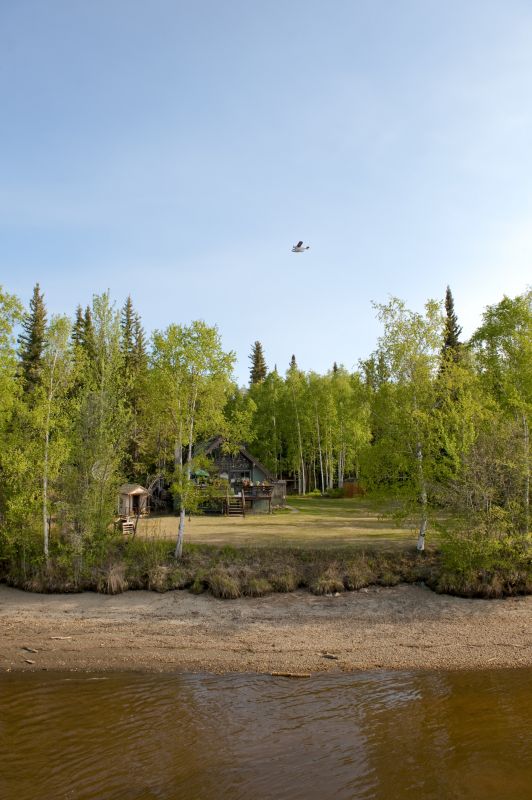
Ways to make Land Clearings work in tight or awkward layouts.
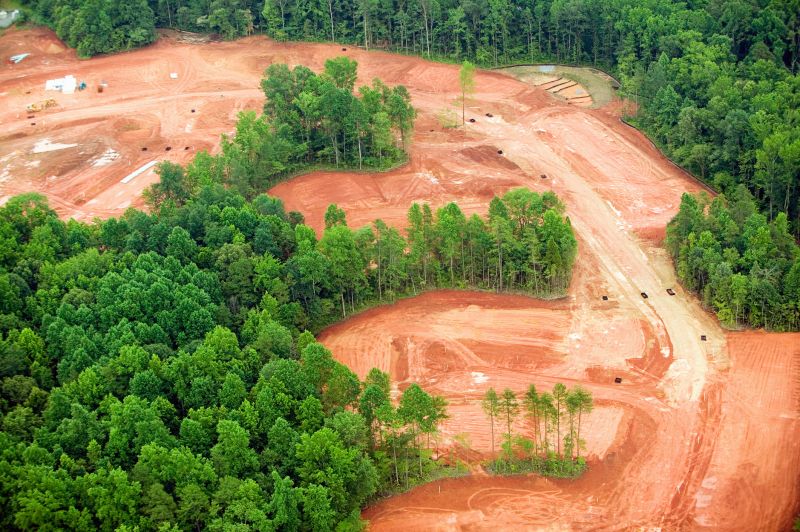
Popular materials for Land Clearings and why they hold up over time.
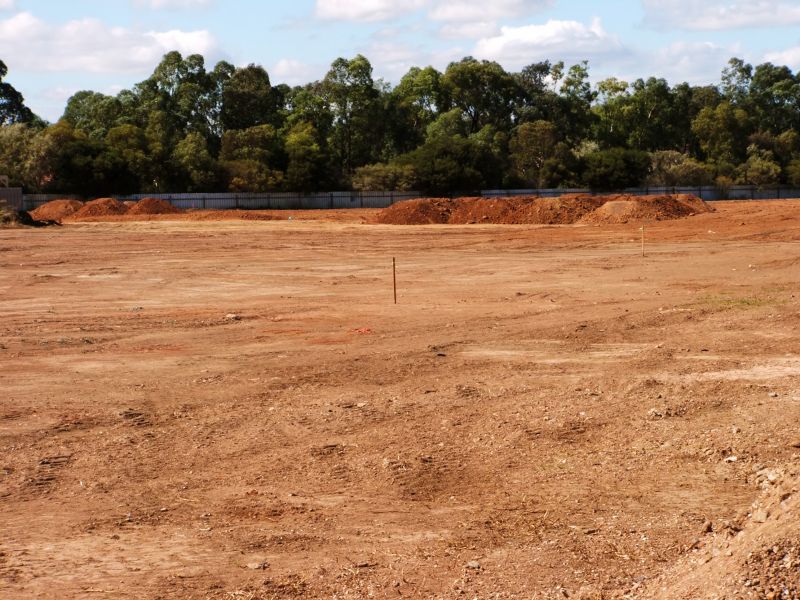
Simple add-ons that improve Land Clearings without blowing the budget.

High-end options that actually feel worth it for Land Clearings.

Finishes and colors that play nicely with Land Clearings.

Little measurements that prevent headaches on Land Clearings day.
Timing for land clearing depends on regional climate conditions and project goals. In Kansas, spring and fall are generally optimal for land clearing activities due to favorable weather and ground conditions. Proper scheduling ensures minimal soil disturbance and allows for effective site preparation.
Weather patterns influence land clearing schedules. Avoiding periods of heavy rain or extreme heat can improve safety and efficiency.
Frozen or overly wet soil can hinder equipment operation. Timing projects when soil is firm yet accessible is essential.
The type of vegetation impacts timing; deciduous trees are easier to clear in winter, while evergreen removal is better in drier months.
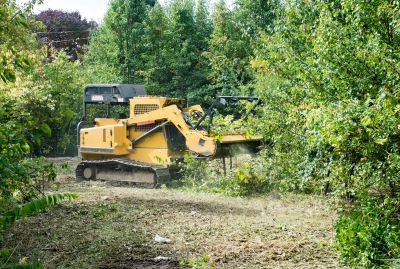
A 60-second routine that keeps Land Clearings looking new.
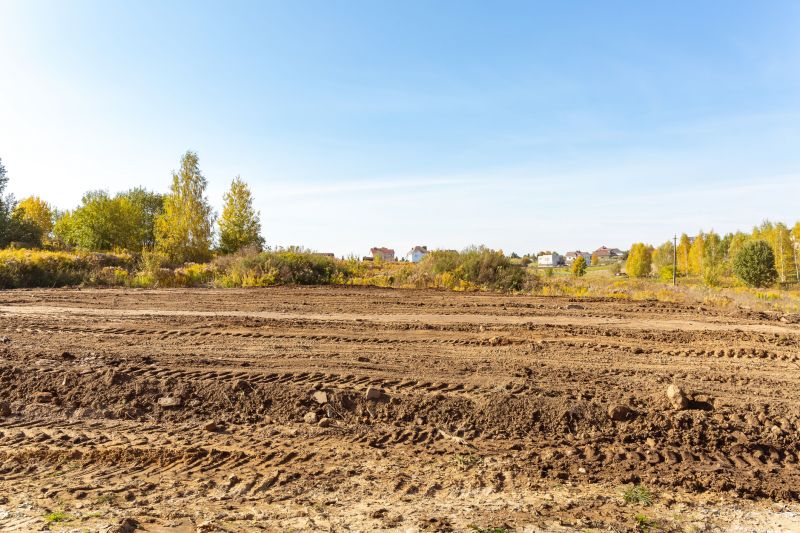
A frequent mistake in Land Clearings and how to dodge it.
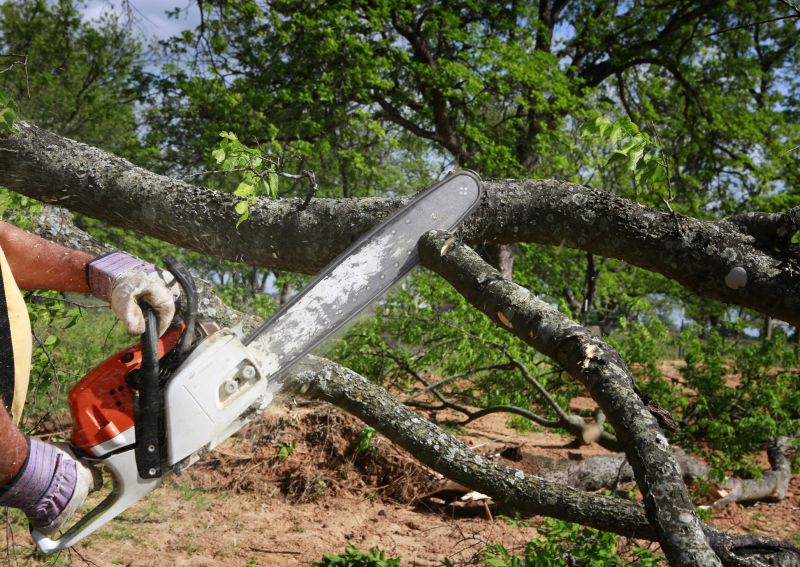
Small tweaks to make Land Clearings safer and easier to use.
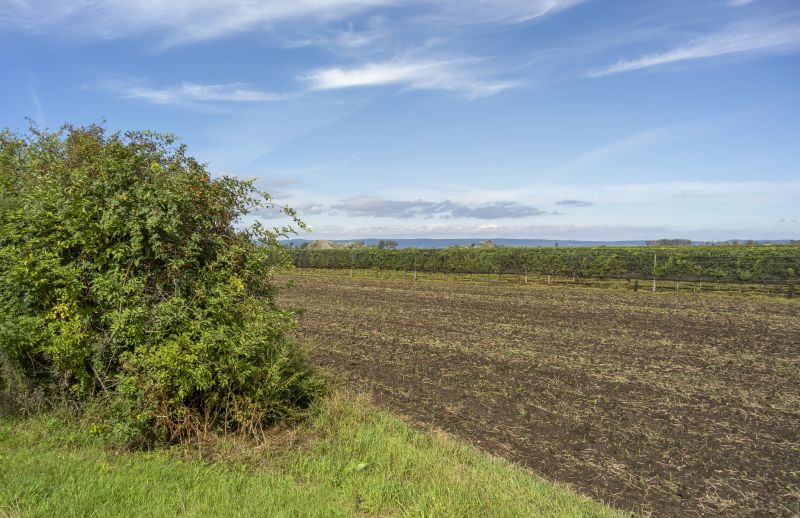
Lower-waste or water-saving choices for Land Clearings.
| Season | Ideal Conditions |
|---|---|
| Spring | Moderate temperatures, longer days, less rainfall |
| Summer | Warm weather, early summer preferred to avoid storms |
| Fall | Cooler temperatures, dry soil, before winter |
| Winter | Limited suitability, only in milder climates |
Effective land clearing requires understanding regional climate patterns and soil conditions. Planning projects during the most favorable seasons can lead to smoother operations, reduced environmental impact, and better results for development or agricultural purposes.
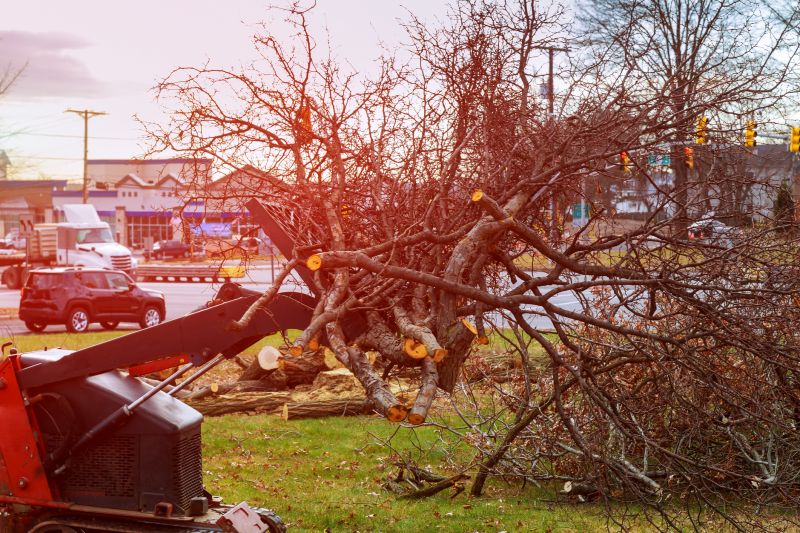
The short, realistic tool list for quality Land Clearings.
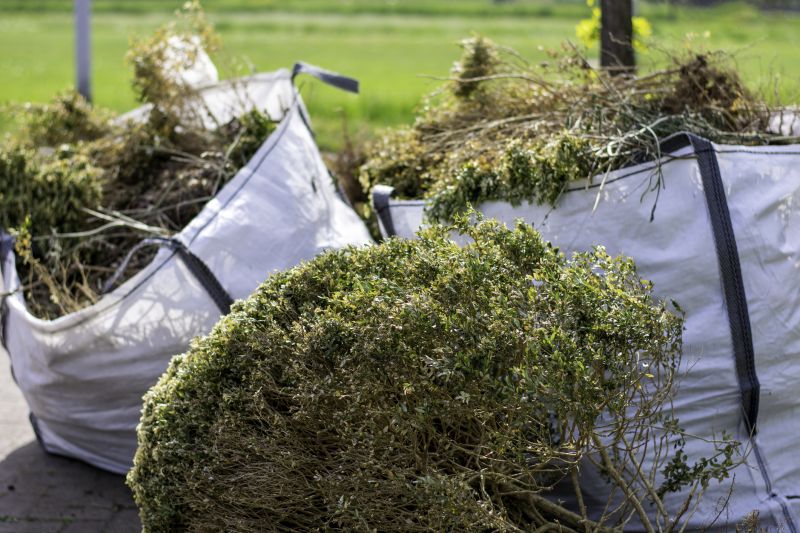
Rough timing from prep to clean-up for Land Clearings.
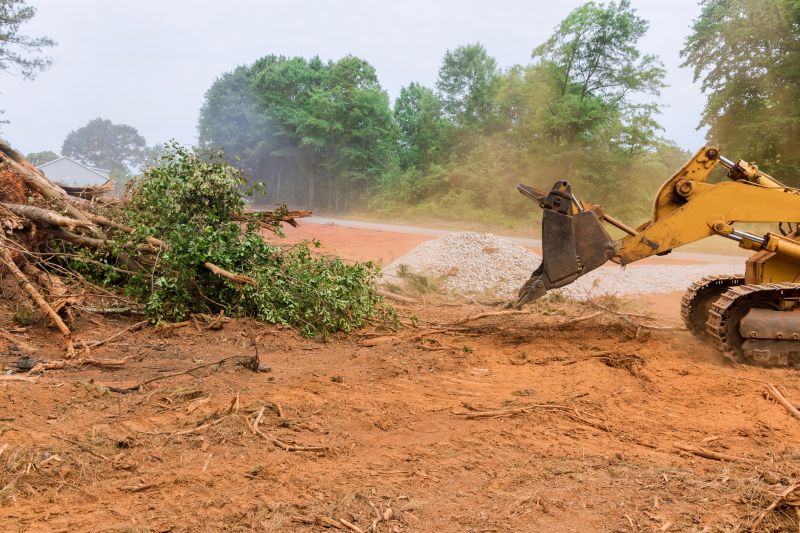
Quick checks and paperwork to keep after Land Clearings.
Interested parties are encouraged to contact for more information on scheduling land clearing projects. Proper timing can significantly influence project outcomes, making consultation with professionals beneficial for planning and execution.

